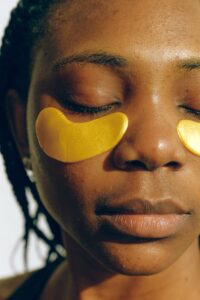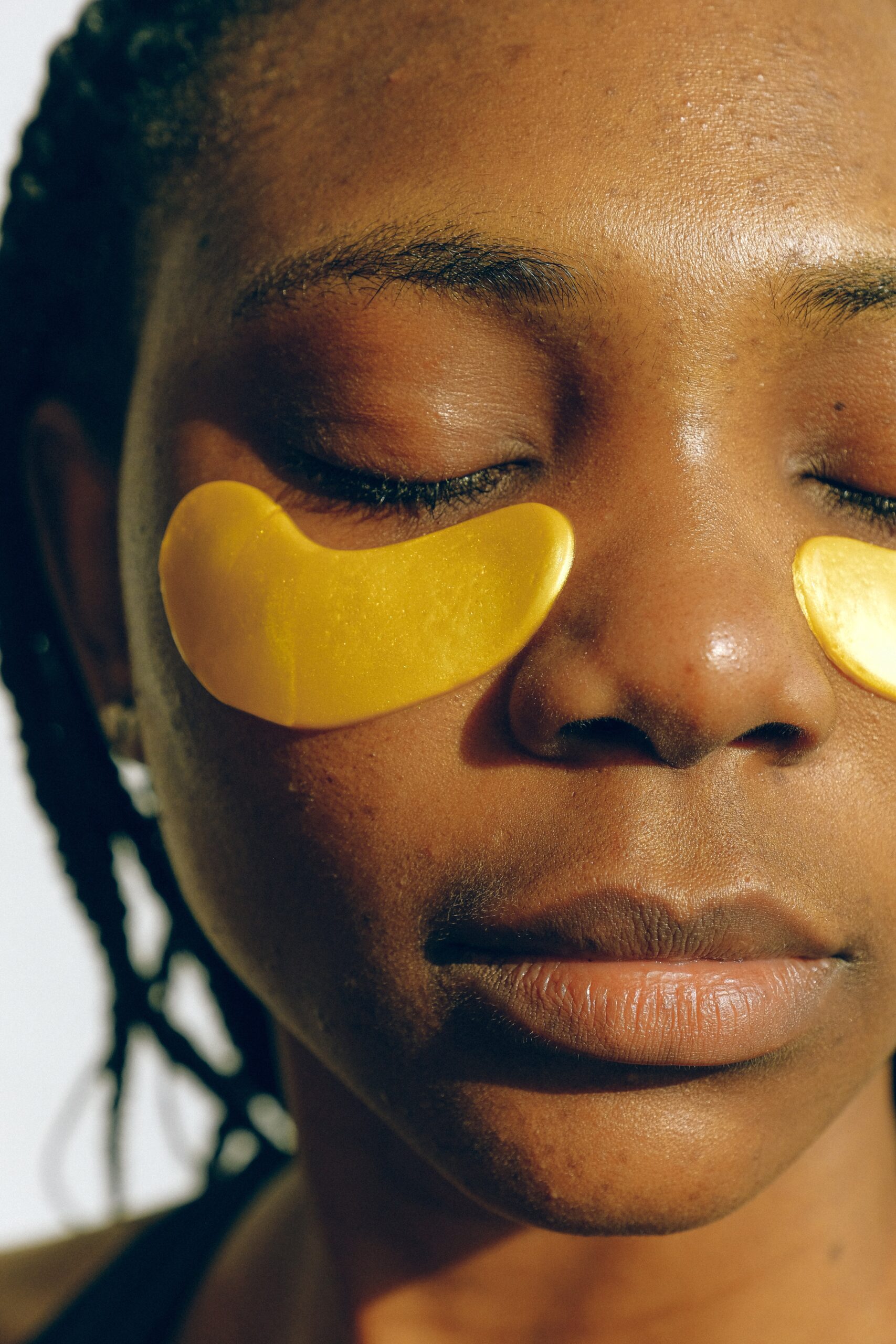
Imagine that you’re having one of the hardest days that you’ve had in a while.
At the end of that day, you head home and do some self care to help ease and soothe yourself. Your routine is part recovery, part preparation for the next day.
You take a bath. You use a face mask. A hair mask. Even a foot mask because it’s been that kind of day. Once you’re done, you rinse off what needs to be rinsed off and throw away what needs to be thrown away.
You emerge from that personally restorative experience, if not renewed fully, partially so. Our ability to take time and recenter ourselves is vital.
However, self-care, though highly beneficial on an individual scale, produces a lot of waste on a global scale.
The Plastic Part of the Problem
“Beauty brands have invested so much money in single-use profit streams, Every time you throw away something single-use, a brand makes money because you need to buy another one. The industry hasn’t provided enough options for people to live more sustainably.”
Allon Libermann, founder of Swedish Forgo
Waste from single-use plastics is created as a result of a wide variety of beauty products, from packaging to samples to sheet masks. Fortune reports that the personal care and beauty industry is responsible for 120 billion units of plastic packaging each year—and for 14 million tons of microplastics.
As a result of customers demanding that brands become more conscious of the end-of-life aspects of their products, some brands and retailers have begun to address their reliance on single-use plastics and have banned them. Others have marketed themselves as sustainable and completely forgone the use of plastics in their products.
Industry leaders such as L’Oreal, for instance, are working to make all of their plastic packaging 100% recyclable, reusable or compostable by 2025. There is also a growing market for sustainable makeup and beauty brands. Brands like Prose, Pure Culture Beauty, and Credo are focusing on examining their ecological footprints and marketing themselves as green-beauty brands.
These commitments represent considerable positive progress. They don’t, however, mean that there isn’t more that needs to be done. There are still aspects of the industry that, unseen by us as consumers, produce excessive waste.
There Are Other Parts to the Problem

Other waste streams created by the personal care and beauty industry is largely obscured from public and policy discourse. This can mean that even personal action by customers can’t help mitigate a brand’s production of waste.
Waste is generated at every step of product formation. It is created during the formulation of a product. It is created during the production phase. It is created during the retail-to-customer stage if the product never makes it to the customer. Products unsold before their expiration date, or products returned by customers, are also a source of waste.
One of the biggest problems with these waste streams, compared to the packaging waste stream, is that they are not widely studied and can vary between brands or even within product types. They tend to be opaque, and it would require careful and precise auditing of a vast system to quantify them.
Some individual brands, like Vapour Organic Beauty, are examining their formulas to make them more sustainable. Others, like Juice Beauty are evaluating their supply chains, including their raw materials sources.
While these actions are important, similar evaluations are not taking place across the industry.
Collective Waves
Here’s what needs to be put in place on an industry scale:
- Establish clearer and more transparent supply chains
- Audit waste generation during the research and development phase
- Audit waste generation during the manufacturing process
- Audit the waste management process of retailers and their returned or unsold inventory

Individual Drops
Individual action is not insignificant. Even though the magnitude of the impact is not equal to that of industry action, it will add up!
Things that individuals need to keep doing:
- Stay engaged. Pay attention to what the brands you like are doing. Weigh in on their actions either in your public review of the brand, in the stocks that you choose to buy, the brands you request from retailers, and any other way that is accessible to you.
- Support brands that are reducing their waste.
- Buy products that have no or minimal packaging.
- Pick products that are made from recyclable plastics (Plastic #1 and #2)
- Pay attention to your own consumption—buy only what you need and make what you can.
The work that needs to be done is hard, but it is doable
